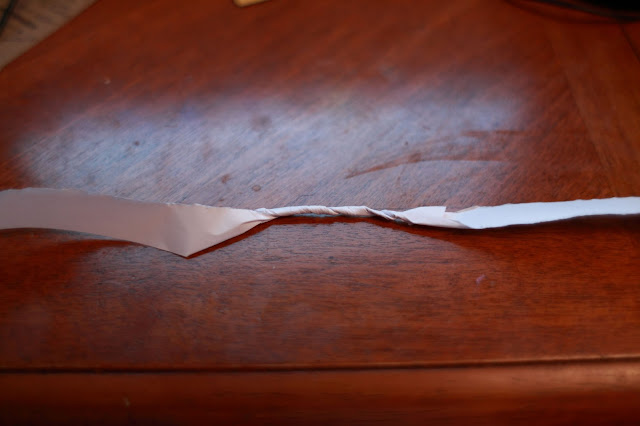Cordage, or stuff you can tie other stuff up with, may be the most under-appreciated item in your life. No one thinks about what their shoelace does, until it breaks; or how important a belt is, until it shrinks (like mine keep doing somehow, year after year... I swear) or otherwise malfunctions. Before duct tape, people had to think about this kind of thing. Why rope only made it on to the "simple machine" list by being the pulley's little punk sidekick is beyond me, but whatever. We all know it's important, and I'm about to show you how Katniss Everdeen might have made a bowstring had she not dropped a hornet's nest on that one girl.
For starters, you should know that cordage, rope, twine or whatever can be made from just about anything that is long and pliable. The only really difference among the millions of materials you can use to make rope is how well they work. I'm no expert, but it doesn't take a genius to figure out some things make stronger, finer rope than others. Right now, as you're reading this, you could probably grab something that would work: a plastic bag, paper, the raggedy denim fringe hanging from your favorite summer cut-offs, something long and twist-able. That's it.
If your long, twist-able stuff comes in short (which kind of ignores the long aspect of long and pliable) pieces, you may want to start out by twisting two of them together.
Like so:
 |
| To illustrate the point that you can use just about anything, and to make it easier for you to follow from home, I'm using two strips I tore from a regular old sheet of computer paper. |
 |
| Overlap the ends a little bit. |
 |
| Twist 'em up. |
The point is, you need something long enough to get going. If your pieces are already pretty long, you have less work to do and can get started easier.
Whether you started with two separate pieces, or just one really long one, it doesn't really matter. The real job begins here, when you have two pieces (or one, folded to make two) side by side. The whole concept is reverse tension, or something like that, I'm sure there's some fancy scientific term I don't really care about; but it's been the same for thousands of years. The strands twist one way and wrap the other. That's really all there is to it, from the handmade stuff to the big factory made ropes.
The next step is to fold your twisted stuff in half so that you have two strands of twisted stuff side by side. Keep the strands twisted tight (this might be tricky at first, but you'll figure it out).
Now wrap the twisted strands around themselves, rotating in a direction opposite the twist (if your strands are twisting counter-clockwise, wrap clockwise). This way, when the strands try to unravel, they actually lock themselves in even tighter. If you want to keep the party going, you simply twist in some more long, twist-able stuff (preferably not both strands in the same place) to make the strand longer and keep going.
 |
| Same thing. |
 |
| All done. Don't forget to tie it off when you're finished. |
Now you need to go out and find some real life long, stringy stuff in nature. As you will see, you can sometimes use the long, stringy inner bark fibers of certain trees. Some plants are tailor made for this kind of stuff. Dogbane is a type of milkweed that you probably drive past 100 times a day (it grows in roadside ditches, unmowed medians, etc.), it's also nick named "Indian Hemp" because it makes awesome rope. The long stringy fibers just below the skin, or bark of the stalk are easy to harvest, surprisingly strong and run the length of the plant (maybe 2-3 feet) uninterrupted. The biggest challenge in finding stuff to use is timing. Tree bark is loosey-goosey in the late spring when you can peel great strips of it off almost by accident, but practically super glued on in the winter. Dogbane needs to grow through the summer and mature before you can cut it in the fall. Everything has it's time, and I have basically told you everything I know at this point, so now we're on the same playing field. Go do some research; or better yet, try some different stuff out and tell us, no, show us how it went. Show and tell. I want pictures. Gold star for anyone who actually does this.
 |
| All these strips zipped off the log like string cheese. |
 |
| Looks kind of like a long strip of paper doesn't it? Think we might be able to make something out of it? |
 |
| I was trying to work the angle so you could see how easily the strips peeled off, and how freakishly uniform they were. |
 |
| The outer bark is laying in the grass. It's way out of focus, but you can kinda see the two strips (see above pic) running straight out to the end of the log. |
 | |
| The stalk is like a straw, you basically just crack it and peel the skin off, it's almost hard to mess it up. Also stole this shot from the internet. |
-F.W.









Cool stuff, will have to give this a try!
ReplyDelete